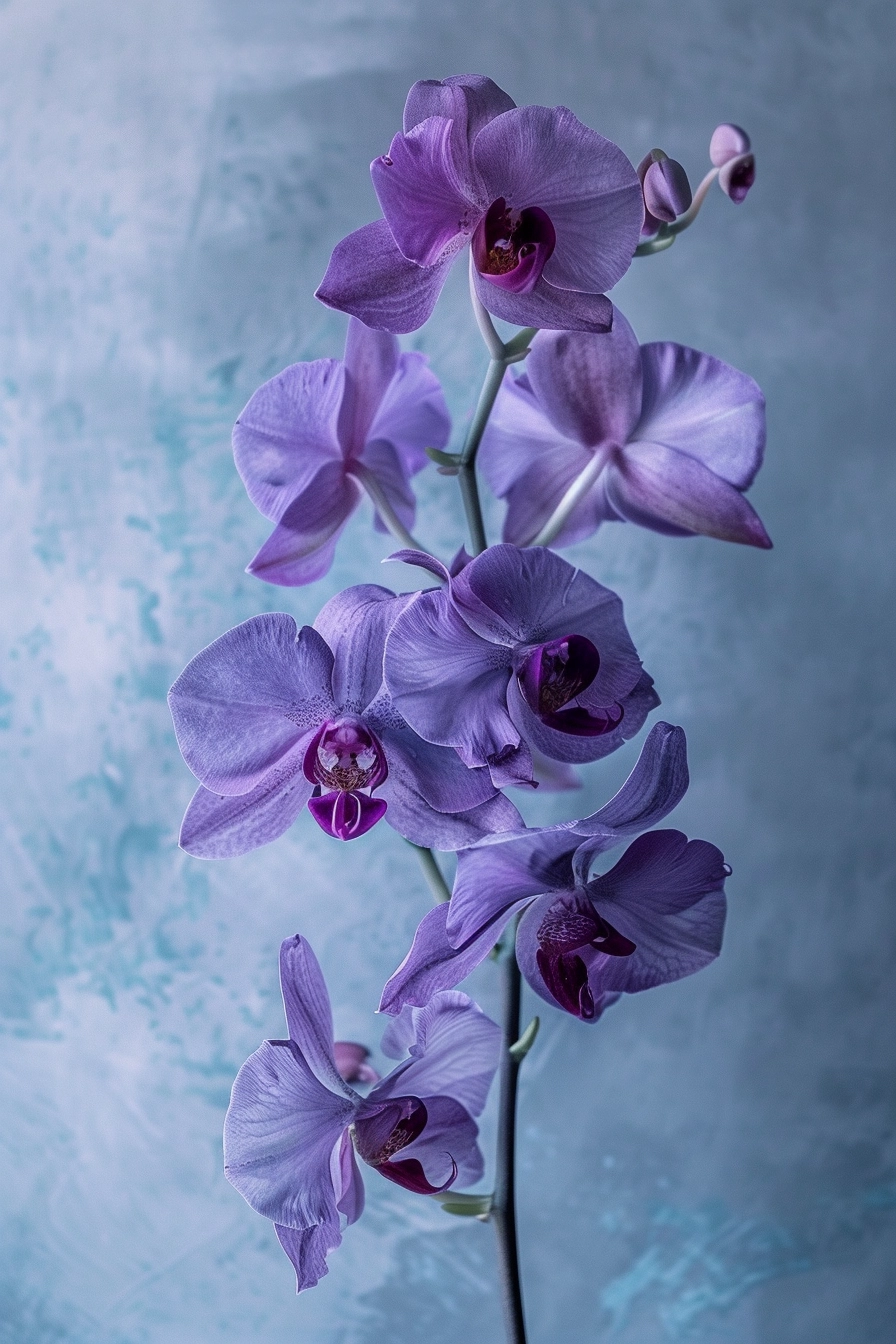Growing orchids can be a rewarding and fulfilling hobby. These beautiful flowers come in a wide variety of colors, shapes, and sizes, making them a favorite among plant enthusiasts. However, caring for orchids can sometimes be a bit challenging due to their specific needs.
Orchids are epiphytes, which means they grow on trees rather than in soil. With over 880 genera and 22,000 species, there is a wide range of orchids to choose from, each with its own care requirements.
In this comprehensive guide, I will provide you with valuable orchid care tips and maintenance techniques to help you keep your orchids healthy and thriving. From understanding watering schedules and fertilization methods to potting mix choices and light requirements, I will cover all the essential aspects of orchid care.
Key Takeaways
- Orchids are epiphytes, which means they grow on trees.
- There are over 880 genera and 22,000 species of orchids.
- Every orchid has specific care requirements.
- Proper watering, fertilizing, and repotting are essential for orchid health.
- Understanding light, humidity, and temperature needs is key to orchid success.
Understanding Orchid Growing Conditions
Orchids require specific growing conditions to thrive. To ensure their optimal growth and health, it’s important to understand their unique needs in terms of light, humidity, temperature, air movement, and media.
Orchid Light Requirements
For orchids, bright, indirect light is essential. Direct sunlight can be too intense and may burn their leaves. Place your orchids in a well-lit area, such as a bright windowsill, where they receive filtered light throughout the day.
Orchid Humidity Levels
Orchids thrive in environments with high humidity levels. Aim for a humidity range of 40% to 70% to create the ideal growing conditions for your orchids. You can increase humidity by misting the air around the plants or placing a tray with water near them.
Orchid Temperature Requirements
The temperature needs of orchids can vary depending on the species. In general, orchids prefer temperatures between 60 and 80 degrees Fahrenheit (15 to 27 degrees Celsius). This moderate temperature range promotes healthy growth and flowering.
Orchid Air Movement
Good air movement is crucial for orchids as it prevents stagnant air and reduces the risk of diseases. Ensure there is adequate ventilation around your orchids by using fans or placing them in spaces where there is natural air circulation.
Orchid Media
The choice of growing media greatly influences the health and growth of orchids. A recommended media mix for orchids is one that allows for good drainage and airflow. Consider using a combination of bark, sphagnum moss, perlite, and peat to create a well-draining and airy environment for your orchids.
By providing the appropriate light, humidity, temperature, air movement, and media, you can create optimal conditions for your orchids to thrive and bloom beautifully.

Watering, Fertilizing, and Repotting Orchids
Proper care of orchids involves understanding their specific needs for watering, fertilizing, and repotting. Following these guidelines will help ensure the health and longevity of your orchid plants.
Orchid Watering Schedule
One of the most crucial aspects of orchid care is maintaining a proper watering schedule. Most orchids should be watered once a week, allowing the growing media to dry out between waterings. Overwatering can lead to root rot, so it’s important to avoid keeping the orchid constantly wet. To determine if it’s time to water, insert your finger about an inch into the growing media; if it feels dry, it’s time to water.
How to Fertilize Orchids
Fertilizing orchids is essential for their overall health and blooming. Orchids require a specific fertilizer designed for their unique needs, as regular off-the-shelf fertilizers may not be well absorbed by the plants. It’s best to use a balanced orchid fertilizer with equal amounts of nitrogen, phosphorus, and potassium. Follow the package instructions on how much and how often to fertilize your orchid, as it can vary depending on the product. Remember to dilute the fertilizer, as applying it at full strength can burn the orchid’s delicate roots.
Orchid Soil and Potting
The choice of soil and potting for orchids is crucial to their overall well-being. Orchids are epiphytes, meaning they naturally grow on other plants rather than in soil. To replicate their natural environment, use a well-draining orchid mix that provides ample airflow to the roots. Popular options include a combination of bark, sphagnum moss, perlite, and peat. Avoid using regular potting soil or soil mixes as they retain too much moisture and can suffocate the roots.
Repotting Orchids
Repotting orchids is necessary when the current potting media breaks down or the roots outgrow the pot. This is typically required every 1 to 2 years. To repot, gently remove the orchid from its current pot and inspect the roots. Trim any dead or damaged roots before placing the orchid in a slightly larger pot with fresh orchid mix. Be mindful not to bury the orchid too deep, as it can lead to crown rot. After repotting, water the orchid thoroughly and resume regular care.
“Proper watering, fertilizing, and repotting are essential for healthy orchids. By following these guidelines, you can ensure your orchid plants thrive and reward you with beautiful blooms.”

Conclusion
Orchids are beautiful and diverse plants that can be grown successfully with proper care. Understanding their specific needs for light, humidity, water, air movement, and temperature is key to their well-being. By following a regular watering schedule, using the correct fertilizer, and repotting when necessary, you can enjoy the beauty of blooming orchids year-round.
Remember to pay attention to the unique requirements of your particular orchid species and adjust your care routine accordingly. With the ultimate care guide for orchids, you’ll be well-equipped to provide the optimal conditions for your orchids to thrive.

